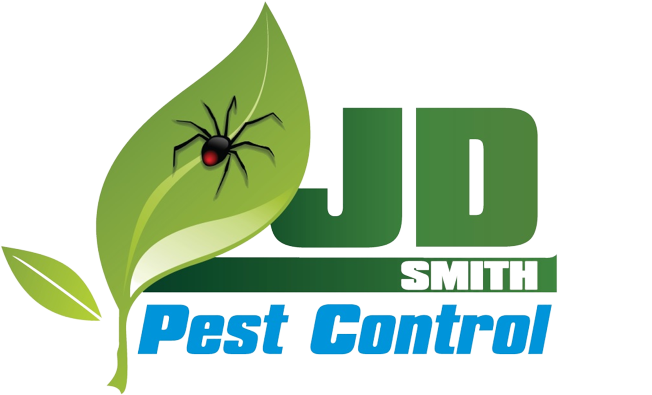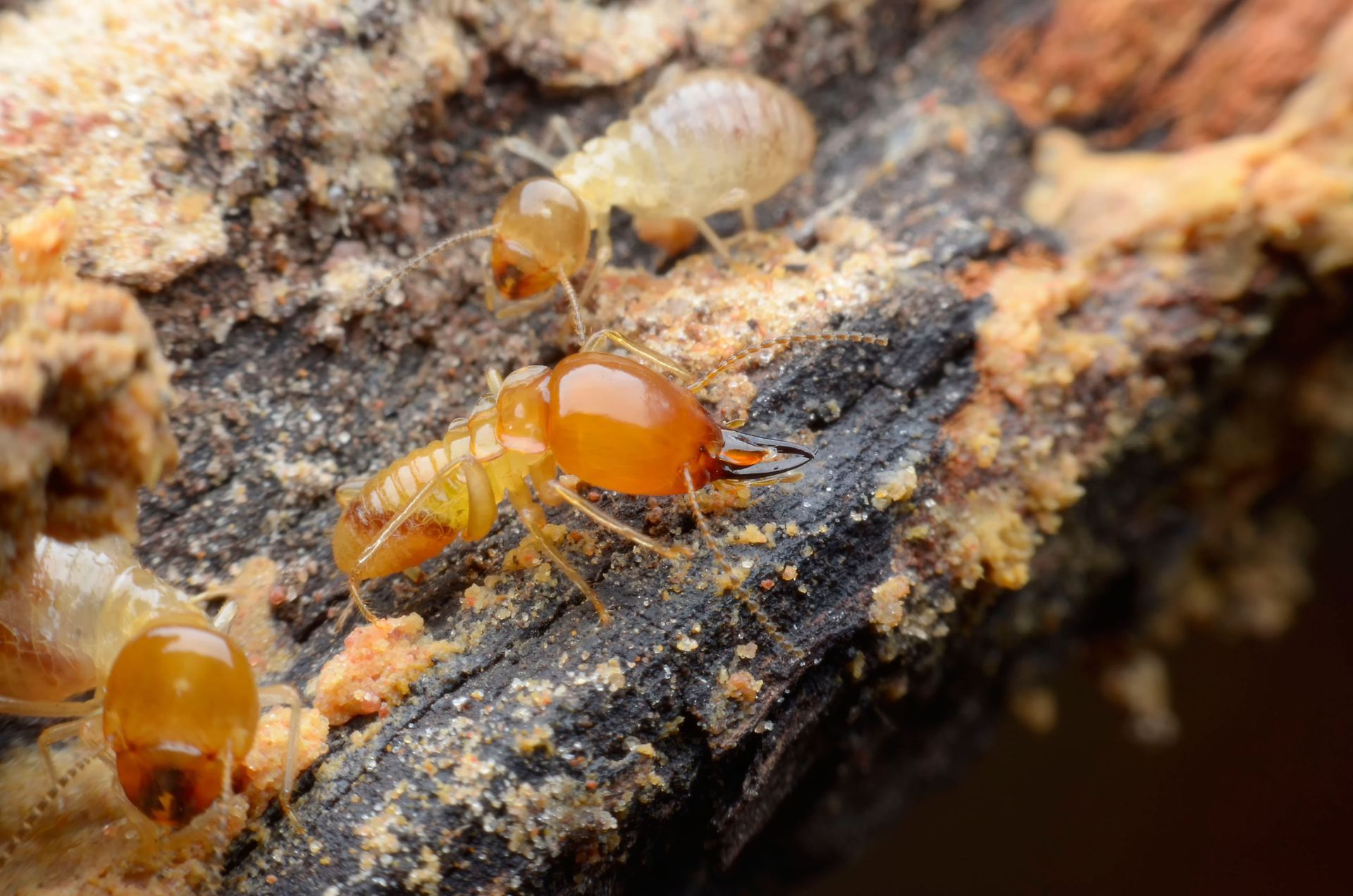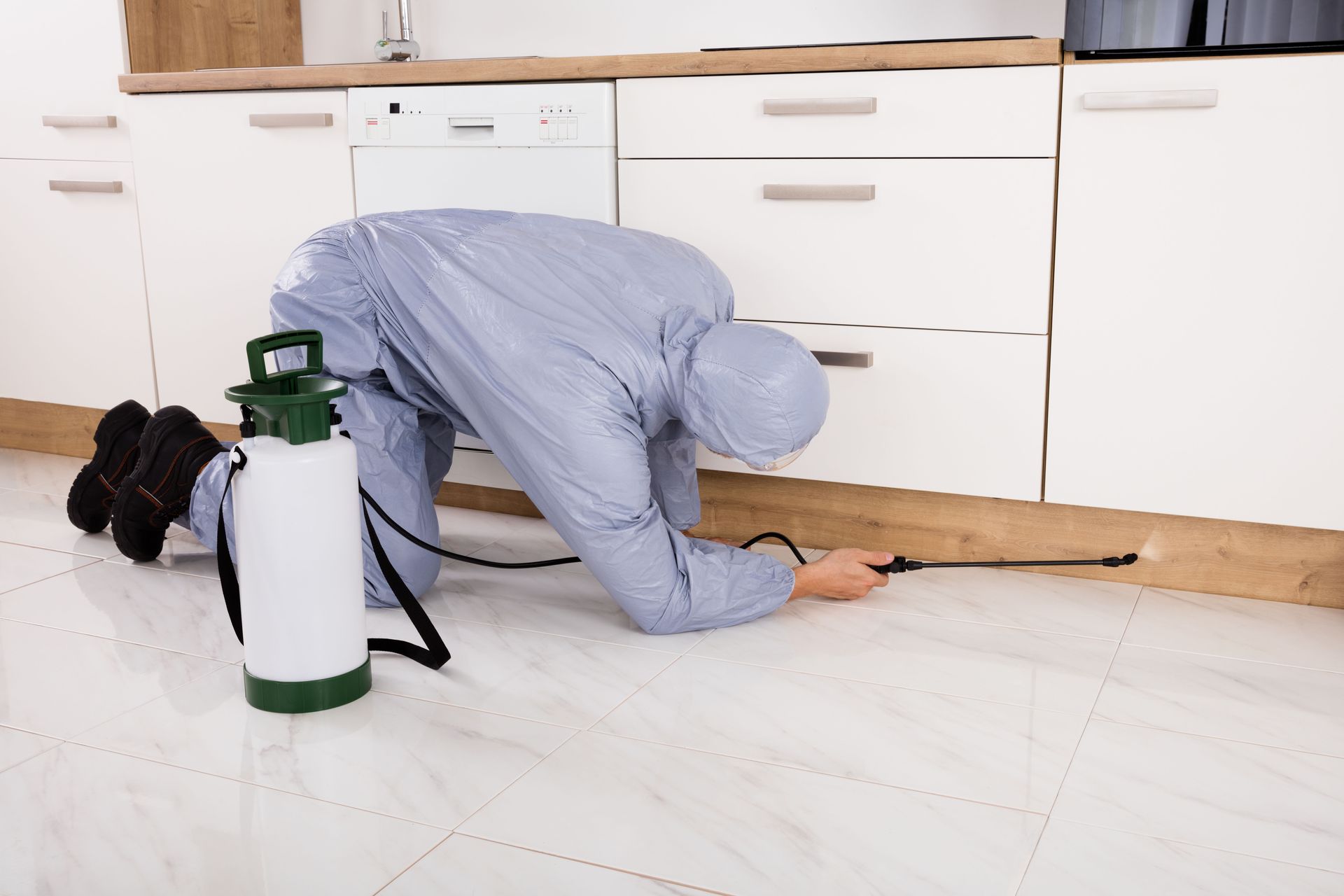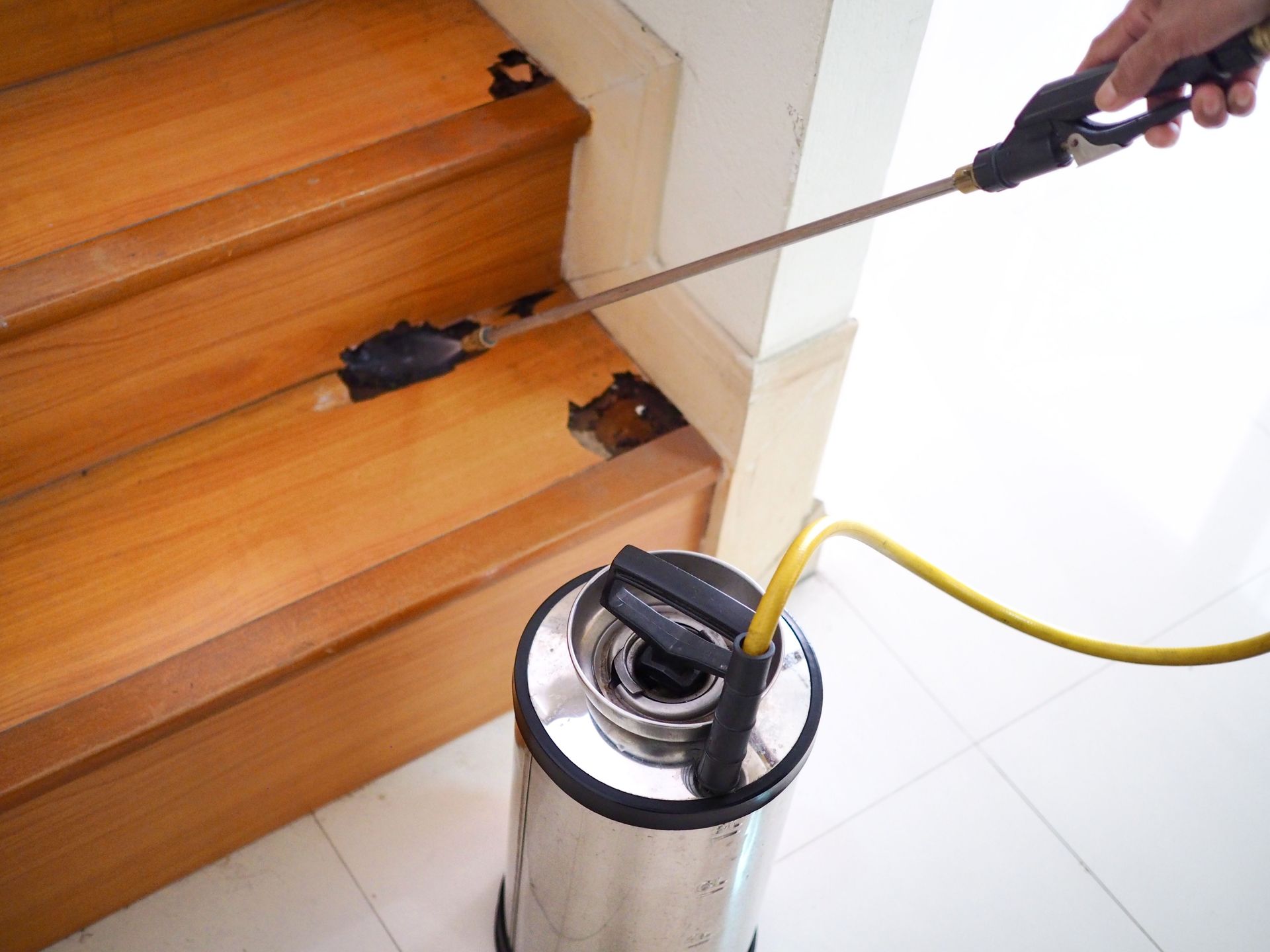4 Common Myths About Termite Treatment Debunked
In today's world, misconceptions about termite treatment services can lead to ineffective solutions and worsening infestations. These are several common myths surrounding termite treatment services, shedding light on accurate information and effective practices. Termites are silent destroyers, often unnoticed until significant damage has been done. It's crucial to separate fact from fiction to protect one's home efficiently and cost-effectively. By exploring these myths in detail, homeowners can make informed decisions about how to combat termite problems.
Myth 1: Termites Can Be Exterminated With DIY Solutions
The complexity of termite colonies is often underestimated when considering DIY solutions. Many people believe a simple online recipe can resolve their termite issues, but this approach overlooks the sophisticated social structure of these insects. Termites operate in large colonies with a clear division of labor, making their eradication challenging.
Relying on DIY solutions carries several risks that homeowners should be aware of. Ineffective treatments can exacerbate existing problems, providing termites with the opportunity to strengthen their hold on a property. This leads to more extensive damage and higher costs in the long run. Moreover, inappropriate use of chemicals without professional insight can pose health risks to residents and pets. Given these risks, professional assessments and treatments often provide a more reliable solution to termite issues.
Professional inspections play a critical role in effective termite management. Experts possess the necessary training and equipment to properly assess and identify the scope of an infestation. They can pinpoint hidden colonies and understand the specific species present, which is crucial for selecting the appropriate treatment. Professional intervention can save homeowners from costly mistakes and prevent further damage.
When DIY solutions fail, the resulting damage can be significant and costly. Left unchecked, termites can compromise a home's structural integrity, leading to extensive and expensive repairs. According to Pest Control Technology, 84% of people found that hiring a pest control professional saves them time. Ineffective treatments allow termites to continue consuming wood and other cellulose-based materials. Over time, this can compromise buildings, causing damage that could have been prevented with expert intervention from the start.
Myth 2: All Termite Treatment Services Are the Same
Not all termite treatment services are created equal, as different termite species require specialized approaches. Subterranean termites, for example, are treated differently from drywood termites due to their unique habitats and behaviors. Subterranean termites often require soil treatments, while drywood termites might be better managed with localized wood treatments. Understanding the specific termite species is key to choosing the most effective treatment method. A one-size-fits-all approach can lead to ineffective control and recurring infestations.
A variety of treatment methods are available to address termite infestations, each with its benefits and drawbacks. Liquid barrier treatments, for instance, create a chemical shield around a home to prevent termites from entering. Bait systems attract termites to consume a poison that will eventually eradicate the colony. These methods can be used alone or in combination, depending on the severity and spread of the infestation. Modern advancements in treatment technology have greatly increased the efficiency and safety of termite control.
Liquid treatments offer both advantages and disadvantages for termite control. They provide a continuous chemical barrier around structures, making them highly effective at prevention. However, their effectiveness is heavily reliant on proper application and soil conditions, which can be a challenge without professional expertise. On the downside, improper use of liquid treatments can lead to environmental concerns and accidental contamination of water sources. Consequently, professional installation of these systems is recommended to ensure their success and safety.
Myth 3: Chemical Treatments Are Harmful to the Environment
The perception that all chemical treatments are harmful to the environment is outdated. Modern formulations have evolved to be more specific in their action, reducing overall environmental impact. Innovations focus on reducing the persistence of chemicals in the soil and minimizing off-target effects. This development aligns with the increasing demand for environmentally friendly pest control solutions. As a result, many homeowners can now access effective treatments without compromising their environmental values.
When examining environmental impact, it's crucial to compare chemical and non-chemical solutions comprehensively. While some non-chemical methods can be beneficial, they often lack the efficiency and speed of chemical solutions. Chemical treatments, when properly administered, can deliver long-lasting results with minimal ecological disruption. Conversely, reliance solely on non-chemical measures may necessitate more frequent interventions. Balancing both approaches can provide more sustainable and effective termite management strategies.
Safety measures are integral to protecting non-target species during chemical treatment applications. Professionals are trained to apply treatments accurately and in the right quantities, minimizing harm to beneficial insects, plants, and other wildlife. Furthermore, the use of precision equipment helps avoid drift and spills. Landscapes are carefully assessed to determine the most appropriate methods and times for application. These measures ensure that ecosystems remain balanced and resilient despite the intervention of chemical treatments.
Myth 4: Termites Are Only a Problem in Warm Climates
While termites are commonly associated with warm climates, they pose a threat in diverse geographic regions. Termite species have adaptive capabilities that enable them to thrive in various climates, from tropical rainforests to temperate zones. For instance, subterranean termites are prevalent in cooler areas due to their ability to build deep, insulated colonies. Drywood termites, on the other hand, are more commonly found in warmer, drier climates. Understanding the geographic distribution of termite species highlights the broad scope of their potential impact.
Termites possess remarkable adaptations that allow survival across varied climates. In colder regions, they build deeper underground tunnels, ensuring that their nests remain insulated from harsh weather conditions. Conversely, in arid zones, termites have developed efficient water storage methods to cope with dry environments. These adaptations illustrate the resilience and versatility of termites, debunking the myth that they are limited to warm climates. Consequently, homeowners everywhere should remain vigilant against potential infestations.
Numerous case studies demonstrate the presence and impact of termites across different regions. In northern states, reports of extensive structural damage caused by subterranean termite infestations provide valuable insights. Similarly, coastal areas Formosan termites, causing significant destruction to property. These regional studies underscore the need for awareness and preventative measures, regardless of climate. An informed approach to termite management can mitigate potential damage across diverse environments.
Implementing preventive measures in colder climates is essential to deter termite infestations. Homeowners are encouraged to maintain adequate ventilation and drainage systems to reduce moisture, a key attractant for termites. Regular inspections can help identify vulnerable points in a property before termites establish a presence. Sealing gaps and ensuring proper insulation can further protect homes from these pests. While termites may be less active in cold weather, they still pose a threat that necessitates proactive prevention strategies.
Addressing these myths helps homeowners make more informed decisions regarding termite treatment services. Armed with accurate information, one can confidently protect their home from termites, utilizing both innovative treatments and preventive measures. Recognizing the complex nature and widespread prevalence of termite threats is key to effectively managing them. By dispelling common misconceptions, this article provides clarity and actionable insights for homeowners. A proactive approach to termite management, supported by professional termite treatment services, ensures lasting peace of mind and property security. For all of your termite services, contact JD Smith Termite & Pest Control today!





Share On: